There are plenty of casual Korean eateries concentrated in the Tanjong Pagar area in Singapore. But now there appears to be new wave of elevated Modern Korean steakhouses and grills in Singapore – thanks to new Korean American steakhouse COTE at Como Hotel and upcoming modern Korean grill restaurant GU:UM by Chef Louis Han who owns the one Michelin-starred Naeum. There’s also D’RIM, an upmarket Korean grill at Mandarin Gallery, which opened in late December. We find out from the following South Korean-born restaurateurs why there’s such a demand now for fine Korean cuisine, and what they want the world to know about their food culture.
GU:UM
A brand new Korean grill will be launched at the Keong Saik enclave by none other than Louis Han, chef-founder of NAE:UM Group. He describes his new venture – GU:UM – as “a contemporary grill restaurant serving Korean flavours with a global touch”.
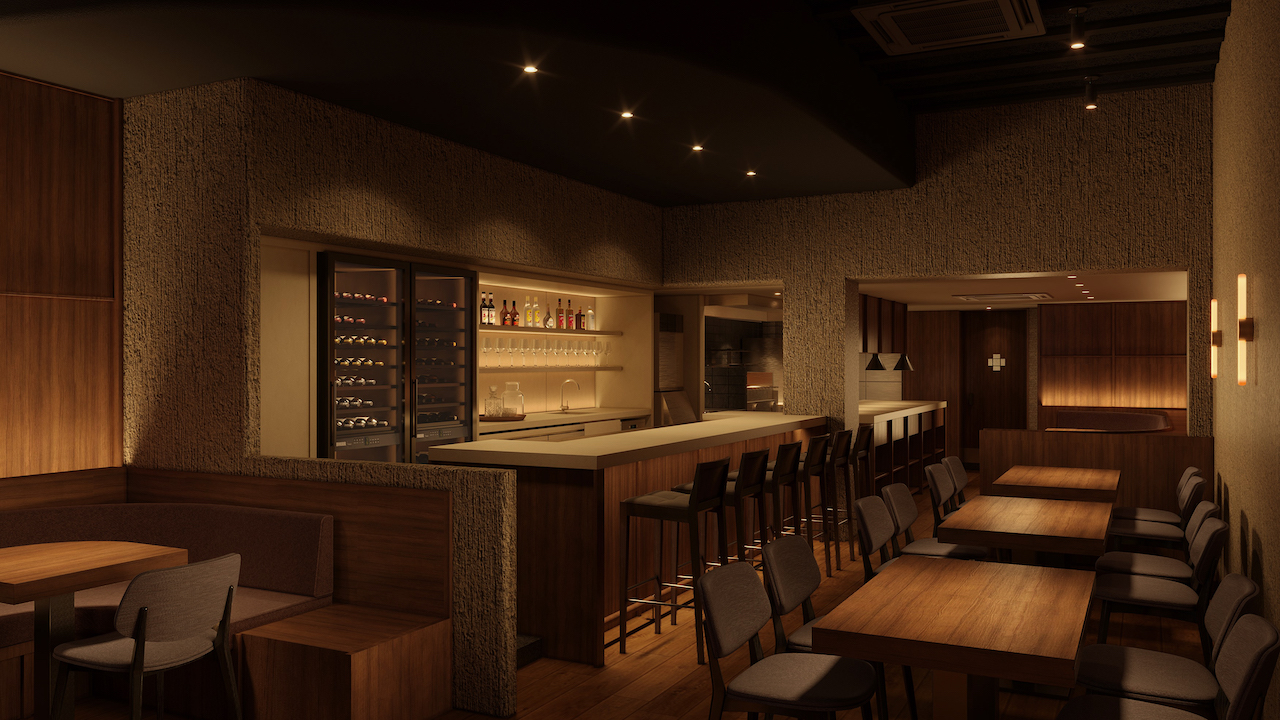
“With a focus on cooking with charcoal, we will offer various types of grilled meats like beef, pork, duck and fish. To best enjoy these meats, diners can select from a range of house-made marinades. There will also be sides to complement the main highlights such as grilled potatoes with a gochujang butter sauce and ‘sotbap’ (featuring Korean short grain rice cooked and served in a cast iron pot with seasonal ingredients). Apart from meat, we also intend to have ample plant-based offerings for the grilled dishes, as well as other gluten-free menu options,” he shares.
“The idea behind GU:UM is actually born out of NAE:UM. When we first came up with the business plan for NAE:UM back in 2020, it was supposed to be a wine bar with tapas-style modern Korean dishes. Of course, NAE:UM developed in a new direction along the way, but we still held on to the idea of an à la carte restaurant serving comforting modern Korean dishes,” he adds.
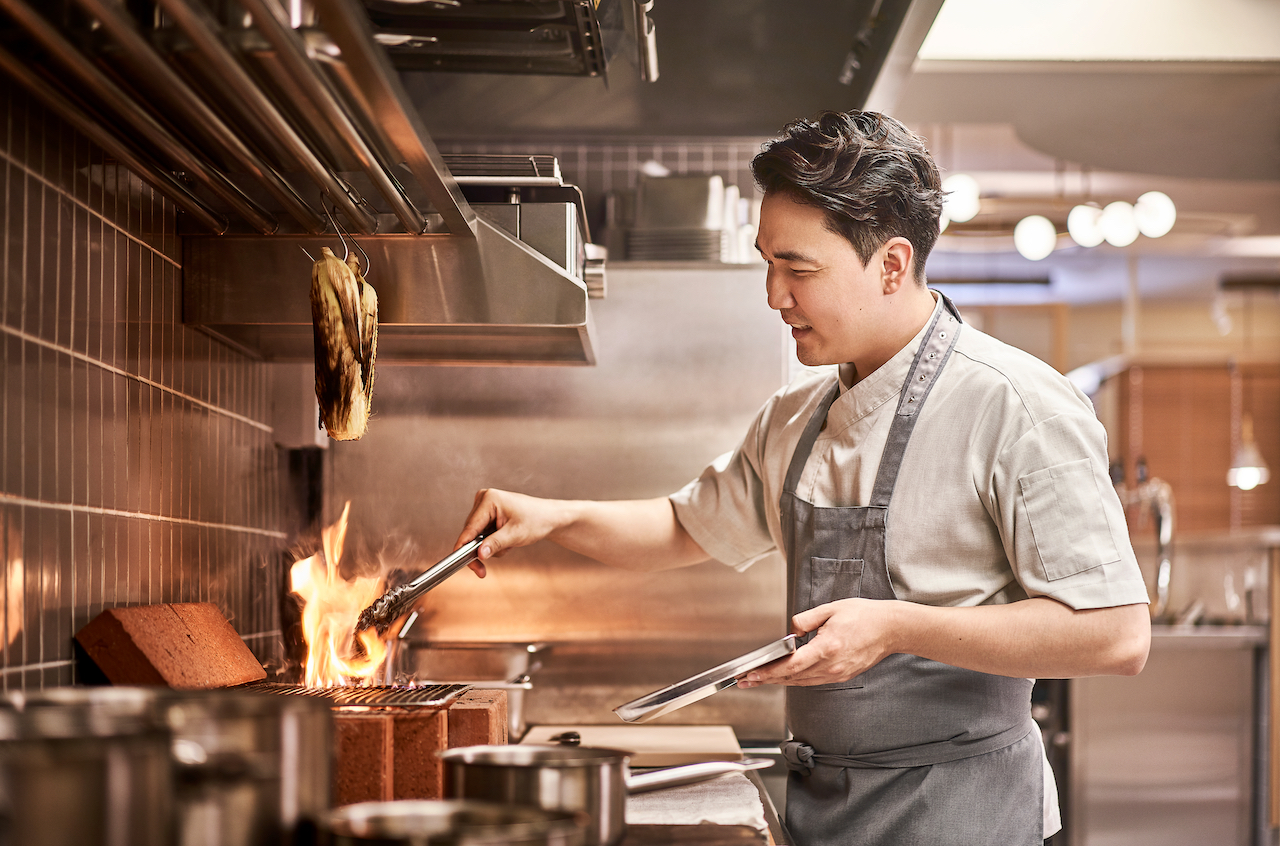
The contemporary grill restaurant concept was inspired by NAE:UM’s Episode 5 ‘Frontyard Barbecue’, in which Louis served home barbecue-themed dishes. “When carrying out R&D for the dishes, I recognised that the flavours and dishes can be developed further to stand as its own restaurant concept,” he says.
“Unlike the usual or traditional Korean grill experience, at GU:UM, the dishes are prepared with various culinary techniques with a focus on grilling over a modern charcoal grill at the open kitchen. Some of the key team members joining the GU:UM team have worked with me at NAE:UM, and are well-versed in applying western culinary techniques to prepare dishes with Korean flavours,” says the chef.
Ingredients-wise, GU:UM will focus on local and seasonal produce, as part of their sustainability efforts. “In terms of Korean produce, hanwoo beef is of very good quality, but it is not yet commercially available in Singapore. Ingredients that are available here however is plentiful, including kkaennip (perilla leaf) and minari (water parsley). These are fragrant leaves that give a distinct Korean taste to grilled dishes,” says Louis.
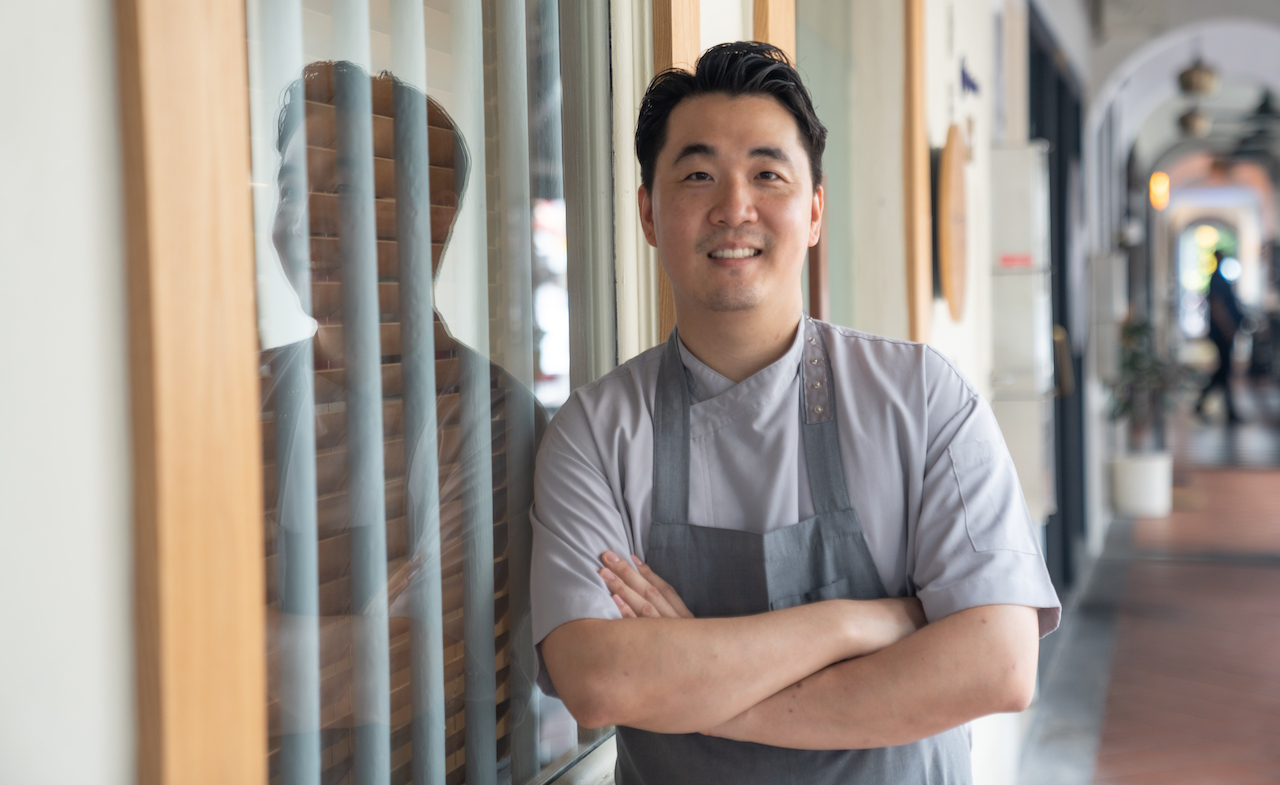
The chef reiterates that GU:UM is expected to be an experience for those looking for an energetic atmosphere to dine with friends, family, colleagues. It will be anchored by drinks and sharing plates of grilled dishes with Korean flavour combinations that are comforting and familiar, yet different with touches of global influences.
“We will also be bringing in the very first Korean gin and a boutique single malt Korean whisky that we personally sourced for. It will be the first time that these particular liquors are made available in Singapore, and they will be part of a range of eight to 10 Korean alcoholic beverages at GU:UM.”
He adds, “I always blend Western / international culinary techniques with Korean flavours. This trait will be consistent across NAE:UM and GU:UM. I want my restaurants to feel like a place where diners know they can eat, be happy, and then come back anytime.”
D’RIM
Another Korean grill that has set up shop is D’RIM at Mandarin Gallery, Orchard Road. Launched in December 2023, D’RIM offers smoke-less charcoal barbecue in a modern hanok setting. D’RIM is pronounced as “deurim” (드림), a Korean term that translates to “sincerely yours” in English. “Here at D’RIM, it signifies the act of ‘presenting’ with utmost respect and sincerity,” says founder Luke Yi.
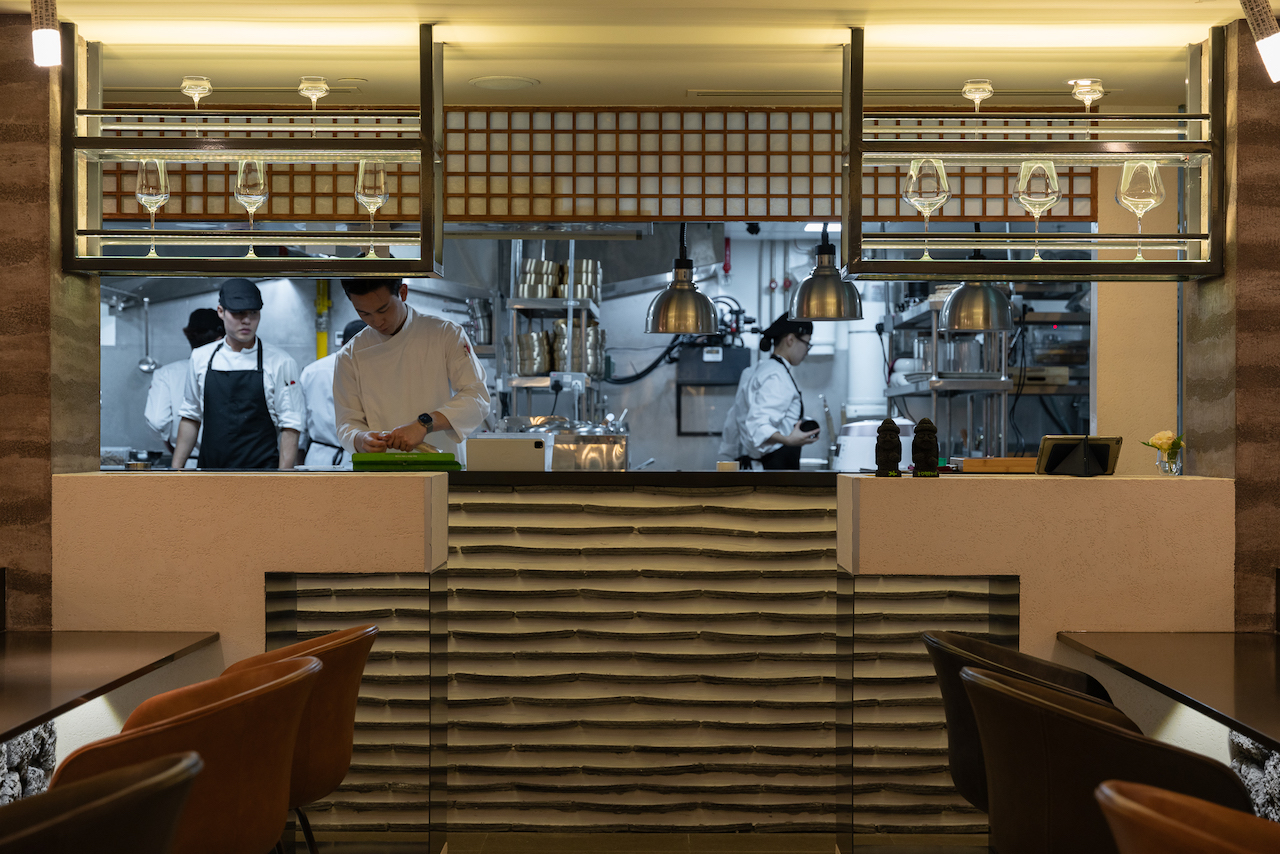
In the last several years, Luke has set up casual eateries like Korean fried chicken joint Chicken Up in Singapore and Malaysia, along with other lifestyle brands like Walking on Sunshine (hair salon and café) at Orchard Central. The South Korean-born entrepreneur wants to introduce these Korean experiences, as well as the entire culture too. He decided to set up D’RIM because he wants diners here to “experience authentic Korean cuisine with modern treatment and presentation”.
“Korean steakhouses are commonly seen in Singapore, but what we wish to create is beyond that. We’ve introduced the unique Korean counter-dining, where the server presents and serves in front of you. Grilling at the counter’s smoke-less set-up is to ensure a totally different experience (unlike the usual exhaust pipe hanging from the ceiling),” Luke says, adding that the restaurant uses binchotan to impart a balanced smoky flavour to the meats.
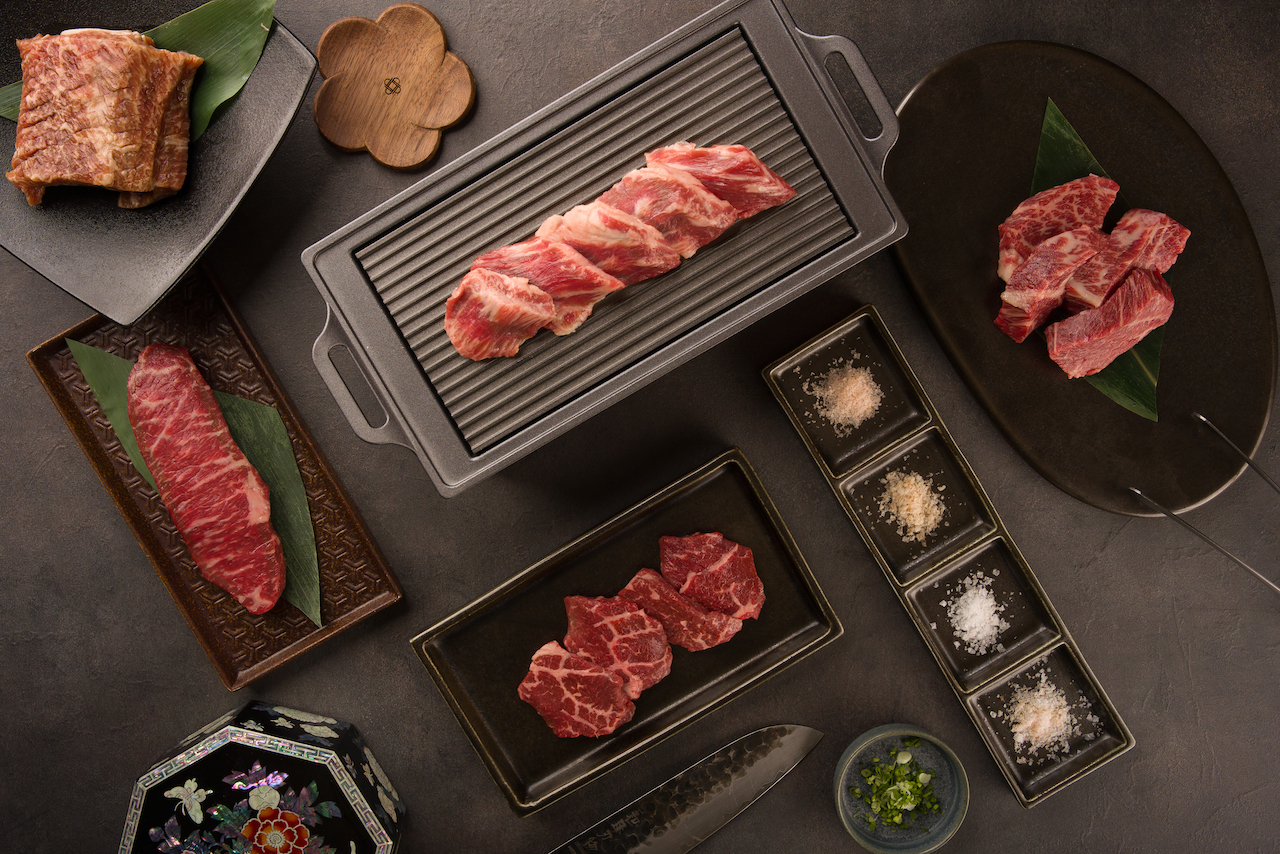
Each beef and pork cut is not seasoned to ensure customers enjoy the natural, unadulterated flavours. Three-types of salts: Maldon sea salt, smoked Maldon salt, and truffle salt are offered at the table. However, those who prefer marinated options can go for the boneless beef short ribs and pork collar.
Although hanwoo is not available in Singapore, Luke is reportedly aiming to bring in Korean beef soon. “Currently we are using Japanese wagyu and USA Prime beef for our beef cuts. Whereas for pork, our chef uses Iberico and kurobuta,” he says.
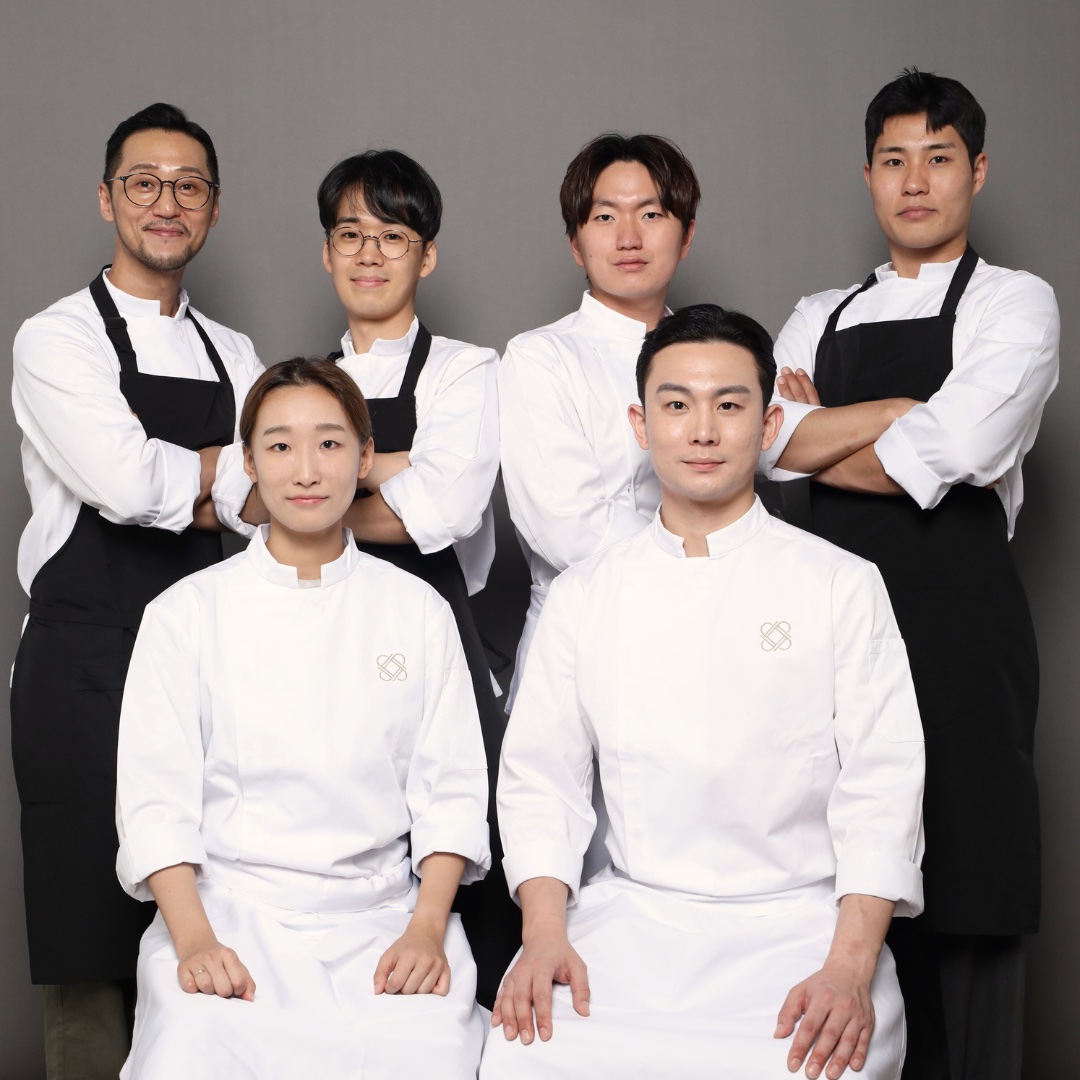
Other unique items that D’RIM’s head chef Jaewoo Ahn rolls out include house-made buckwheat noodle, which is made freshly daily, and over 10 varieties of house-pickled kimchi. At lunch, diners can also savour the Bansang set (a style of cuisine enjoyed by the kings of the Joseon dynasty).
Guests can look forward to bi-weekly air-flown Korean ingredients like perilla oil, vegetables, Korean sunchoke tea and soju. “We also foresee healthier trends in dining, so we introduced our house-made buckwheat noodle, which is gluten free,” he shares.
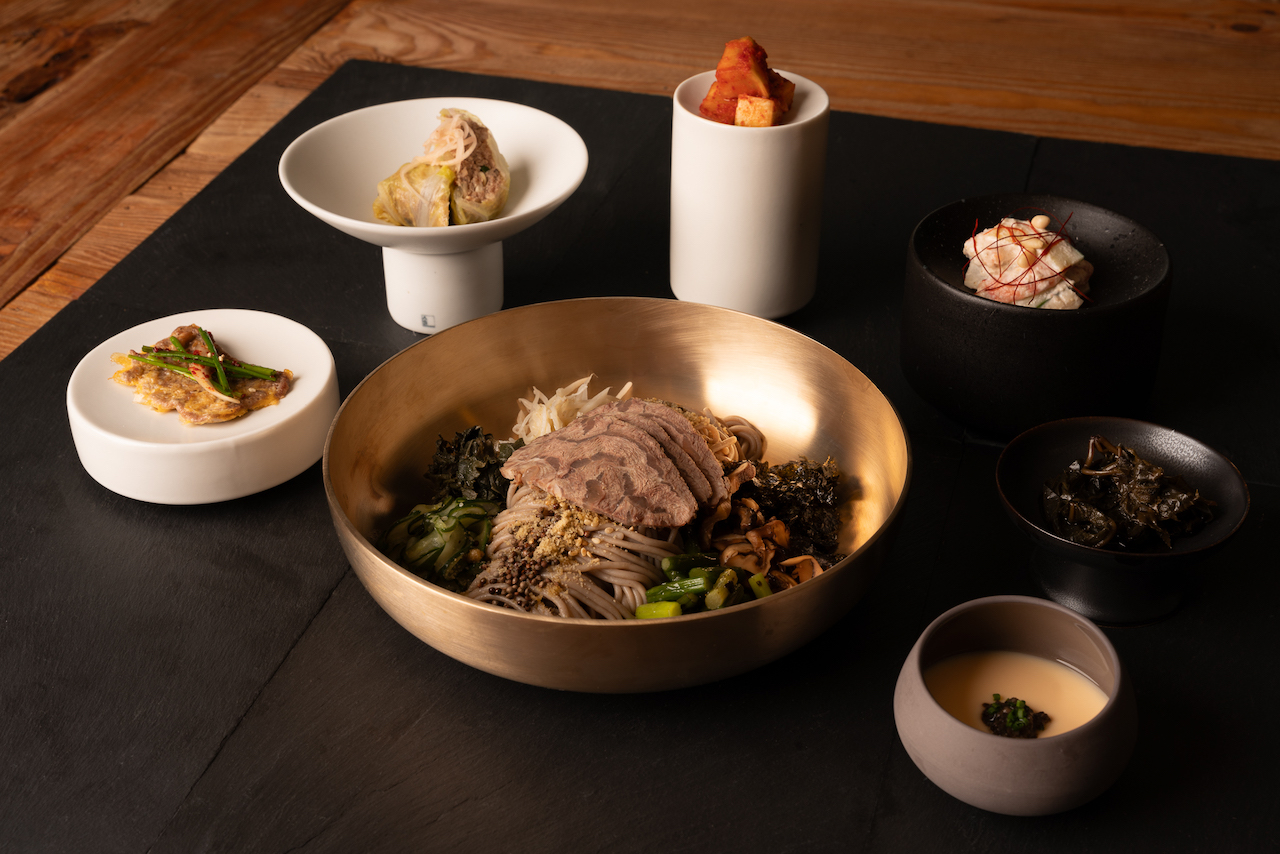
“Every time when people talk about Korean Food, the first thing that comes to mind is always BBQ, banchan and kimchi. At D’RIM, our Korean chefs aim to break that perception. We take pride in bringing the best of Korea to your table,” Luke adds.
COTE
Energetic music, dimmed lights, and a buzzing crowd sipping cocktails at the bar. You’d be forgiven for thinking this is a trendy nightclub. But it’s Korean American steakhouse COTE – the talk of the town. CEO-founder Simon Kim opened COTE’s first international outpost at COMO Orchard in January 2024.
COTE Singapore is meant to mirror the spirit and culinary philosophy of Simon’s acclaimed New York-based flagship, which has one Michelin star. Here, the highest grade of American wagyu and grass-fed Australian beef are served. The restaurant’s in-house, dry-ageing room displays a bevy of cuts aged for a minimum of 45 days to intensify the meat’s natural flavours. The beef cuts are seasoned with Cote’s Signature Gastronome’s Salt, a proprietary blend composed of British Maldon salt, Celtic sea salt, and Korean thousand-day aged sea salt.
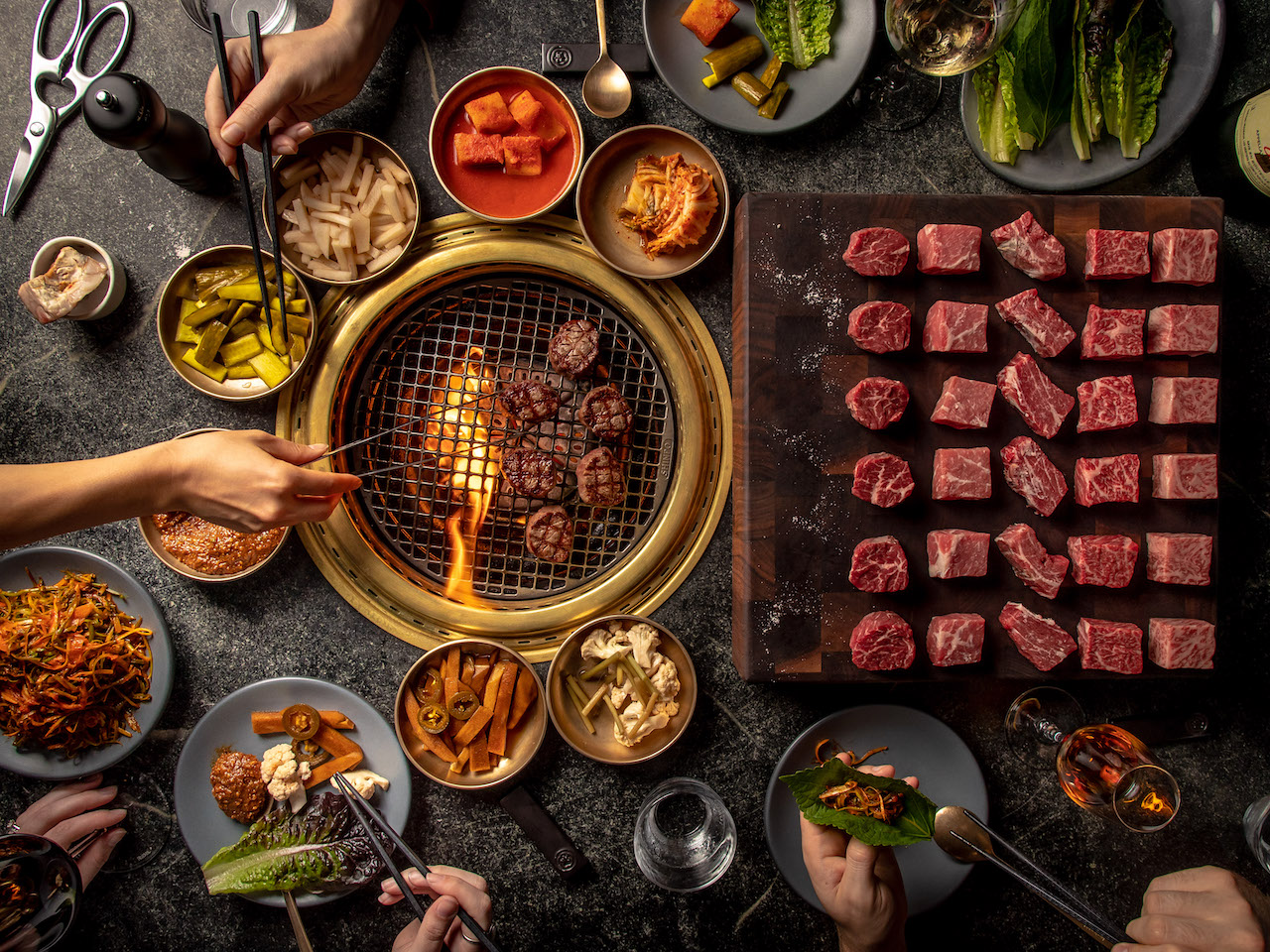
At the main dining room, each table houses a bespoke, state-of-the-art ‘smokeless’ charcoal grill. Simon has invested a great deal in the grills so that your clothing doesn’t reek of smoke after you leave. Staff flit confidently from one table/booth to the next to cook the beef cuts for guests. And the everything is flawlessly executed.
COTE’s approach to the freshness of the food is simple – everything is made in house including the kimchi and banchan. Simon works with his executive chef on a lot of the recipes. “I’m heavily involved in recipe creation. It’s very collaborative.” In Singapore, the kitchen is led by executive Chef Jinwon Seo.
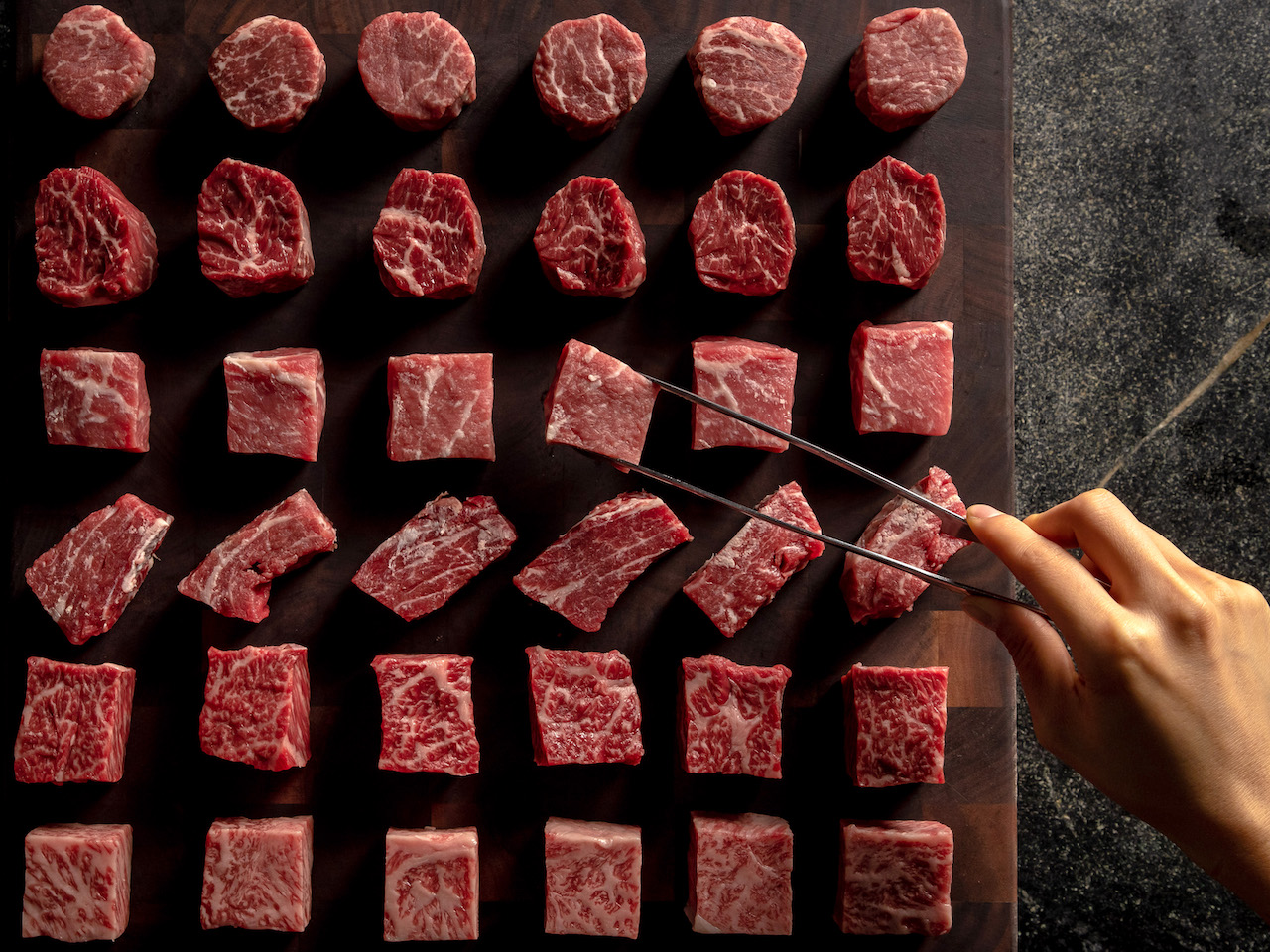
For Simon, Korean food is all about conviviality and generosity. And this is reflected on the table. “In an American steakhouse, when you order filet mignon or ribeye, what comes out is a steak – literally – with no sides and no accompaniments. You can maybe order mashed potato, creamy spinach, and a side of vegetables. Whereas at COTE, if you order the Butcher’s Feast at SG$98, we will give you an abundance of banchan with different flavours and colours, acidity, crunchiness, plus vegetables rich in prebiotics and fibre, along with ssamjang sauce. And then you have four different cuts of meat instead of just one,” he says.
Simon believes this kind of abundance is important, because eating is not just about consumption. “I feel like eating is a ritual of celebration, especially when you’re going out to eat with your friends or family. Food has a magical power to bring people together like nothing else. So we take that responsibility very strongly. It’s almost like a ritual to celebrate life,” says the Korean-American restaurateur who moved to New York in his teens.
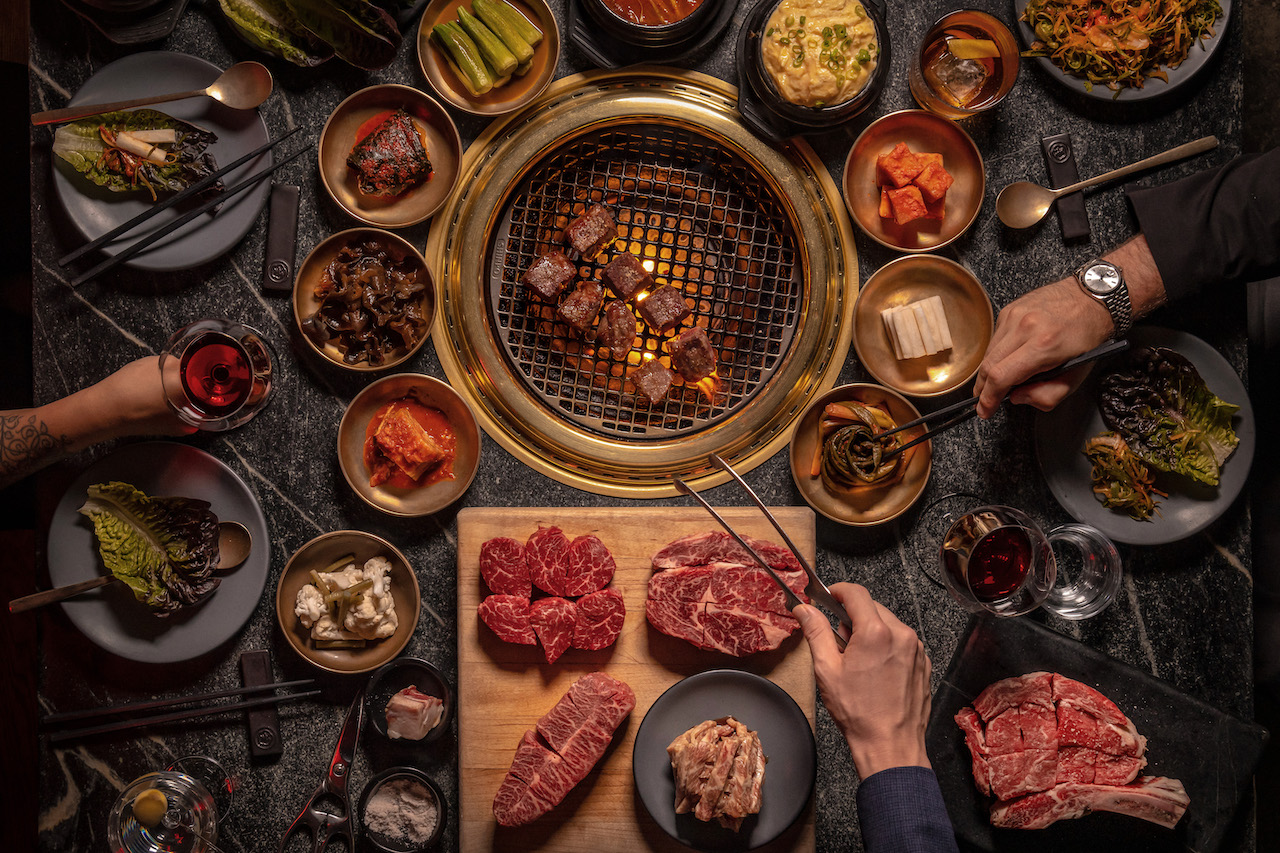
COTE has managed to fill the gap in New York’s K-food scene. In America, Korean barbecue restaurants are typically limited in terms of ambience, location, and wine list. It’s not necessarily a place where diners can impress their business clients. But COTE provides that avenue. “It has a sexy vibe, great cocktails, amazing wines, service, hospitality, and all of those things. But ultimately, for the Korean steakhouse experience, the more convivial it is – in my humble opinion – the better,” says Simon.
He continues, “The world is becoming a lot more and more individualistic. But those moments when you’re actually going out with your family and friends, the more interaction you have, the better it is. So I think our Korean steakhouse concept really blends that conviviality, but does not suffer in quality.”
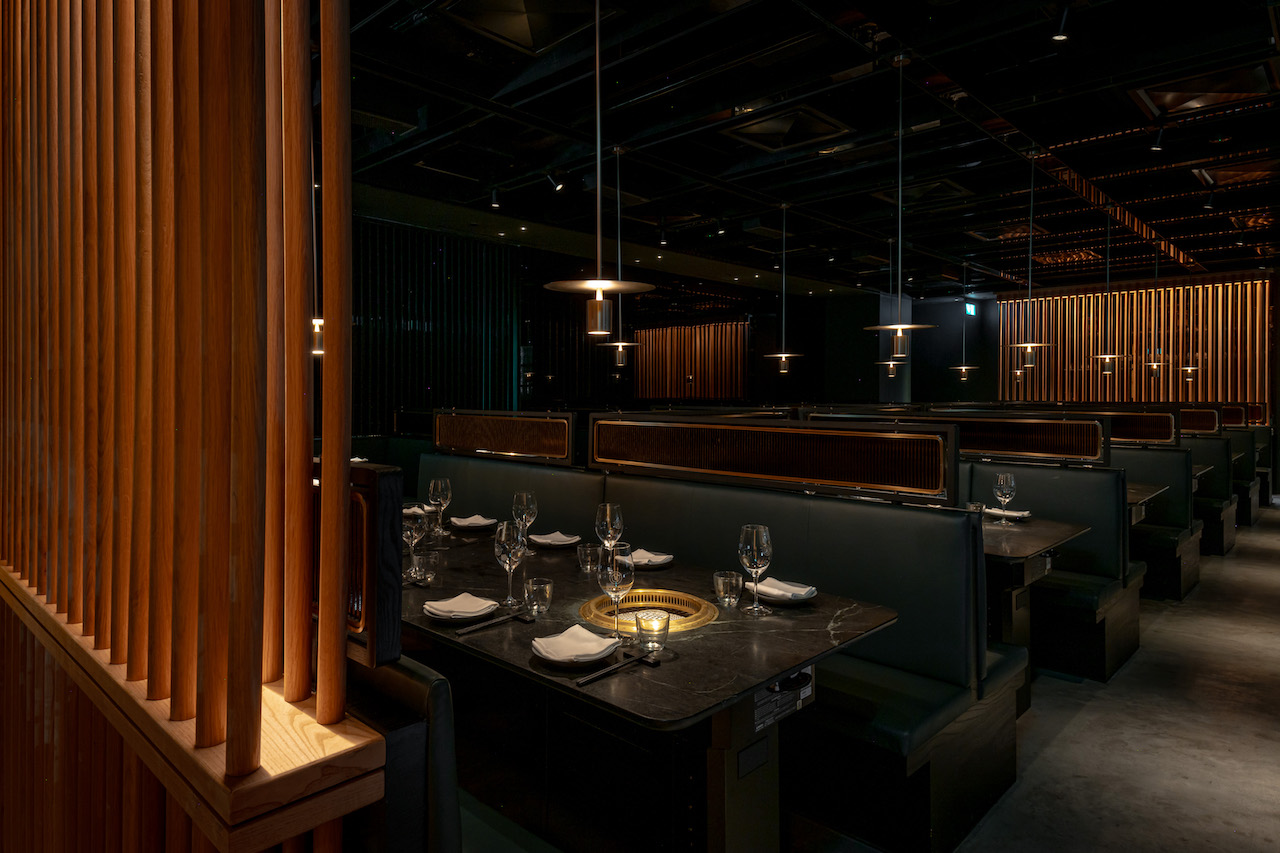
The Korean dining scene has of course evolved and changed tremendously in the past five to 10 years. “And when I see that kind of thing, it follows similar [circumstances] – first, the manufacturing industry [develops], like Toyota in Japan or Samsung in Korea, and they make money. And then the financial sector grows…and that’s when culture happens. Korea’s financial sector really boomed and that allowed lots of investments into culture. And that is what we are seeing – whether it’s K-pop or K-culture – I think it represents Korea’s progression to where it’s now at,” he observes.
Simon thinks that the current Korean food scene is phenomenal. “It’s a very crucial time though, because once the Golden Age happens, generally, there’s a decline. As a person who’s got skin in the game, I think it’s so important for us to continuously focus and hone our craft so that the [global] attention that we have can be sustained,” he says.
“Everybody’s looking for what’s new and what’s next. And in order to continue to have a market share or attention in the global setting, I think it’s a very important time for us. It’s an opportune time, but it’s also a very serious time where all of us have to really focus on continuously developing so that we don’t miss this opportunity and be seen as a one hit wonder.”
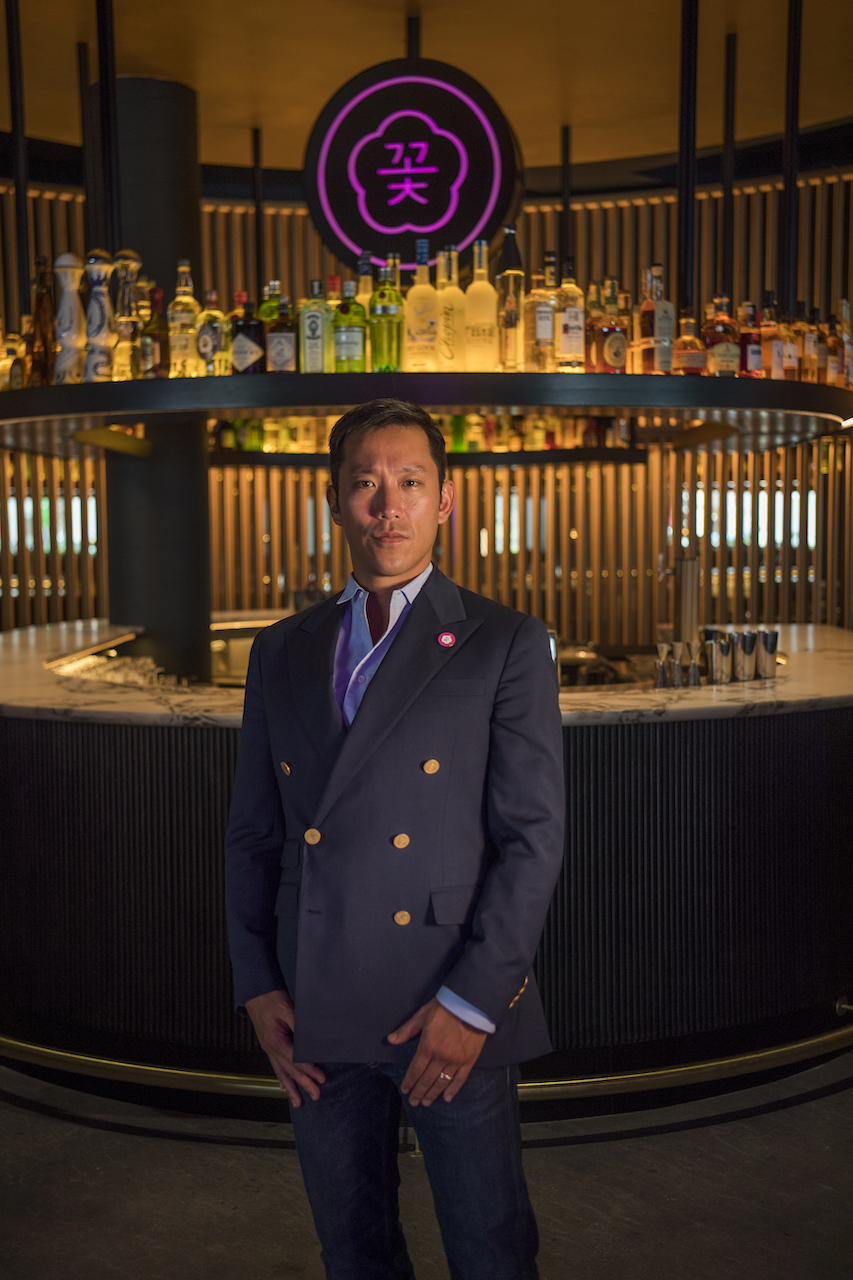
For someone who grew up eating his mother’s home-cooked dishes, how does he enlighten people about his own Korean food culture? “When I was growing up, I brought Korean snacks to school and I was getting bullied. You know, it smell like squid. It was not something that was fashionable.” In the late 90s, Simon’s mother opened a Korean restaurant in Tribeca, and they had celebrities like Meryl Streep and Gwyneth Paltrow patronising the place. “We were fully booked, and people loved eating Korean food that I grew up eating. It showed me the possibility. If you open a place with commitment to excellence and hospitality and intention to please, people will come,” he shares.
Simon adds, “I’m a Korean and American. I’m not necessarily the most Korean person in the room, and I’m not the most American person. So I like to be the bridge. And I think Korean barbecue – and Korean fried chicken – is a perfect bridge,” says Simon who flew to Singapore to open COTE just two days after launching COQODAQ his new Korean fried chicken restaurant in New York.
As he develops as a restauranteur, he continuously learns, as well as meets more people and gain more opportunity to collaborate on different projects. “I love to explore, but my purpose right now is to be a great bridge.” Will he start something in Seoul? “Never say never, but right now I’m excited about this Singaporean opportunity. And I want to give it my best.”
___
Text by: Amy Van
